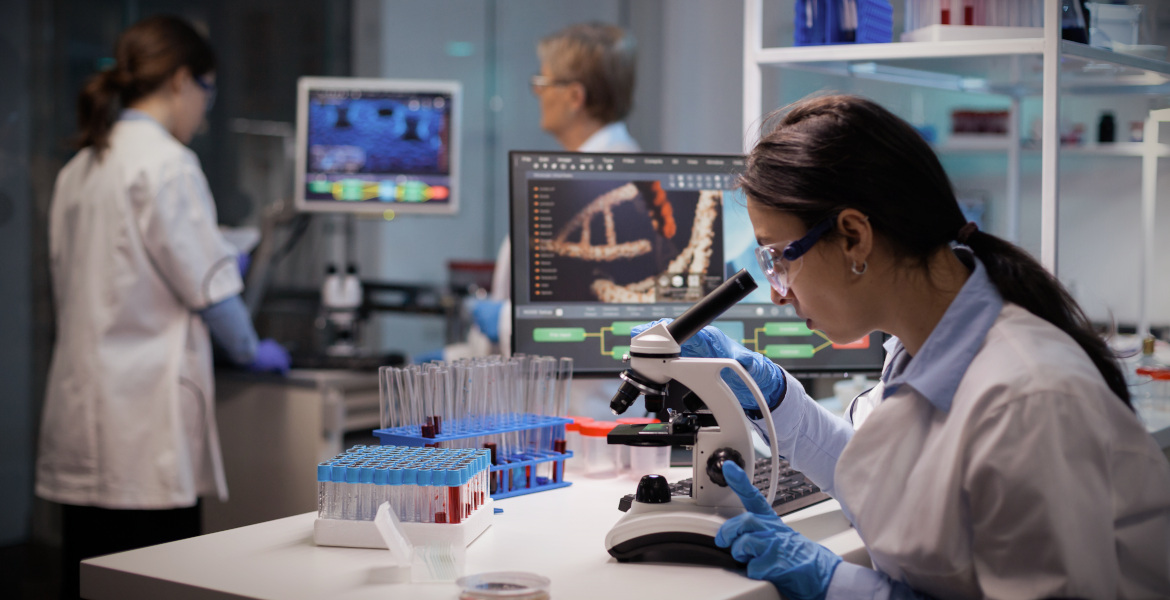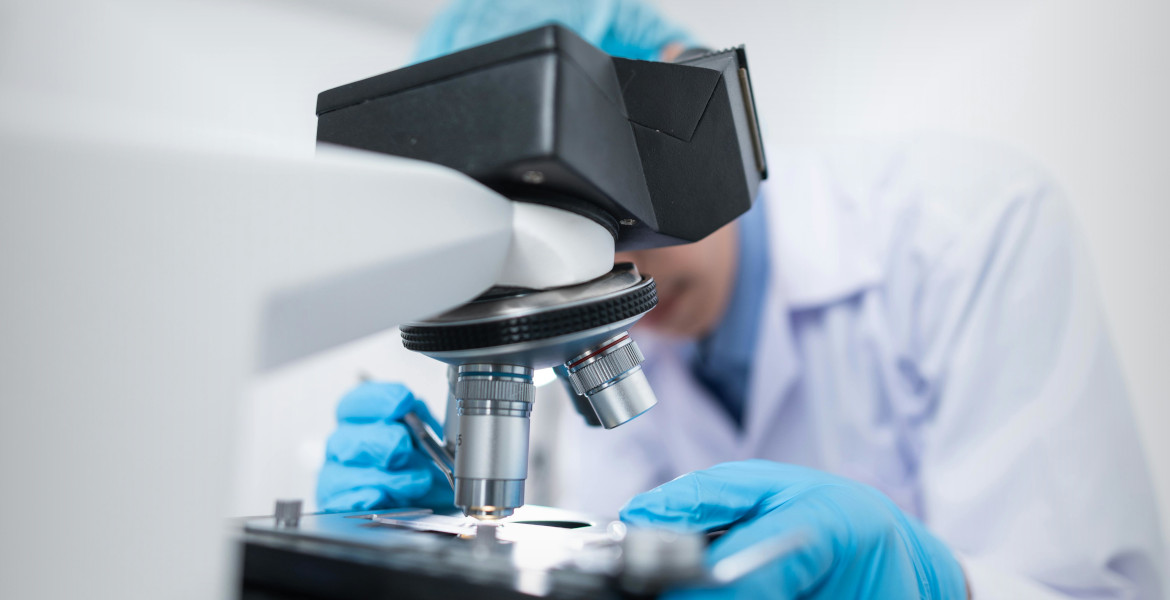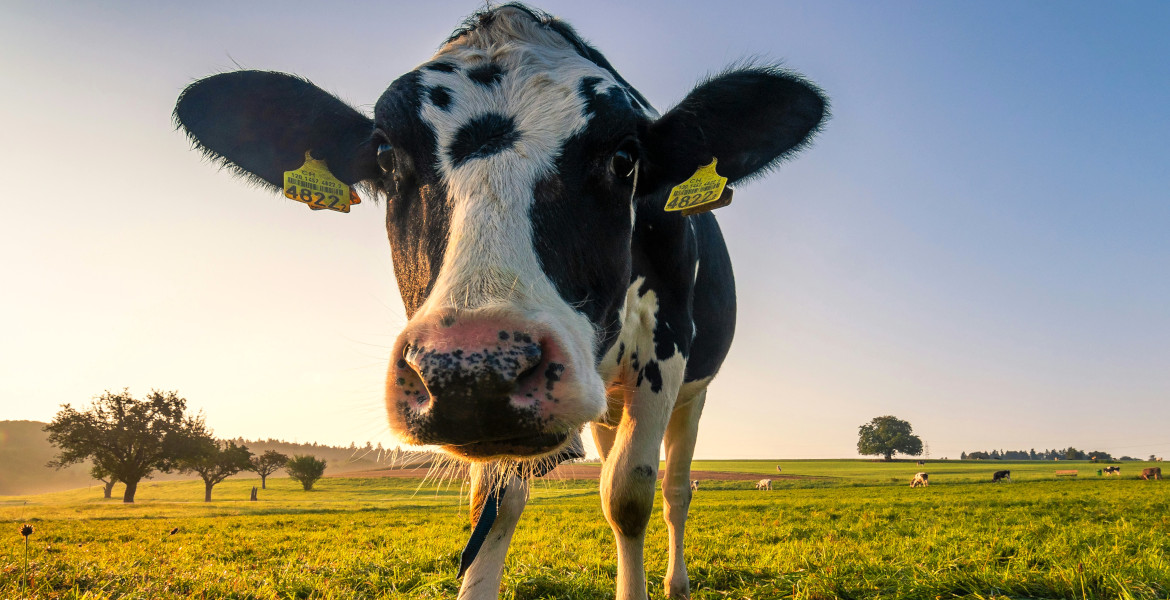A teenager with a rare immune disorder has become the first in the world to be treated with the new gene editing technique prime editing. The aim: to restore the function of the body's white blood cells.
One month after the procedure, the first results show that the technique seems to work – apparently without any serious side effects.
The treatment was performed on a teenager with chronic granulomatous disease – a rare, inherited condition in which the immune cells lack an enzyme that normally helps kill bacteria. This makes it difficult for the body to fight infections. Through prime editing, the researchers were able to correct the mutation in the DNA that causes the disease.
According to the biotech company Prime Medicine, which developed the treatment, after one month, enzyme function was restored in two-thirds of the patient's neutrophils – a type of white blood cell that plays an important role in the body's defense against bacteria. This was announced by the company on May 19.
Prime editing is a new and more precise variant of the well-known CRISPR technique, often described as a "gene scissors". While traditional CRISPR cuts out parts of DNA and replaces them, prime editing works more like a text editor that can correct errors in the genetic code without making major changes to the genome. The technique was developed in 2019 and is considered both safer and more versatile than previous methods.
Extremely expensive method
Despite the promising results, Prime Medicine says it does not plan to continue developing the treatment, known as PM359, on its own.
– The science has moved far enough that many patients would benefit from these gene-editing treatments. But it boils down to an issue not just of science and technology, but of economics, says David Liu, a chemical biologist at the Broad Institute of MIT and Harvard, and co-founder of the company.
For very rare diseases, development costs are often high relative to the limited number of patients. The only CRISPR-based treatment approved for clinical use so far, for blood disorders such as sickle cell anemia, currently costs more than $2 million per treatment.
– It's like upgrading your iPhone. NThere are new versions coming out all the time and the tools are constantly being refined, says Joseph Hacia, a medical geneticist at the University of Southern California.
Longer follow-up needed
Prime editing is one of several emerging techniques developed as alternatives to classical CRISPR. It has the potential to treat more diseases with greater precision, but time and follow-up are needed before firm conclusions can be drawn about its long-term effects.
– It will take between six months and a year to be certain that the edited stem cells are thriving, says Annarita Miccio, a gene therapy expert at the Imagine Institute in Paris.
Critics have also raised several ethical concerns about prime editing and similar techniques, even though they are described as highly accurate. A recurring objection is the risk of genetic changes occurring in the wrong place in the genome and thus causing unwanted side effects and mutations.
Concerns have also been raised that the technology could be used in the future to modify traits rather than treat diseases - raising the debate about so-called 'designer babies' and how far we are prepared to go in altering the human genetic code.





